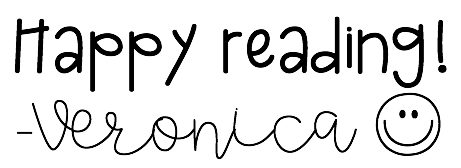Coming On Home Soon
Title: Coming On Home Soon
Author: Jacqueline Woodson
Illustrator: E. B. Lewis
Genre: Historical Fiction
Awards: Caldecott Honor
Age Group: 1st–5th
Coming On Home Soon tells the story of Ada Ruth waiting for her mama to come back home from working on the railroads in Chicago during World War II. Ada Ruth stays at home, writing her mama notes. A little kitten shows up at their house, and she takes it in. It reminds her of her mama, soft and warm, which pulls Ada Ruth into a wave of sadness and longing for her mama's return. She and her grandma wait, watch the mailman pass by their house, wait, listen to the news of the war on the radio, and wait some more. Then, finally, she receives the letter she has been waiting for: her mama is coming on home soon! The last illustration shows her mama walking up to their house (a tear-jerker 😢).
I would absolutely use this book in my classroom! It gives the reader a little glimpse into what it's like to wait for a loved-one to come home, which I thankfully have not had to experience. It also combines history of World War II which is always interesting to me.
I would say that Coming On Home Soon is appropriate for 1st through 5th grades. It deals with a topic that many children can probably relate to or sympathize with. It also combines many elements of the war that elementary-aged students don't often learn, such as the need for extra workers, which extended into women working. There is so much that students could do with this book, and you can go into as much or as little depth as necessary depending on the age level. The text is readable for children but it also has a beauty to it that so many of Jacqueline Woodson's works do!
As an activity to go along with this book, students could write a letter from either Ada Ruth or her mama's perspective. Students could "mail" their letter to someone else in the classroom and they could read it and send a letter back in response. This book could also fit in with a lesson about Rosie the Riveter and the workforce/economics during World War II.





Comments
Post a Comment